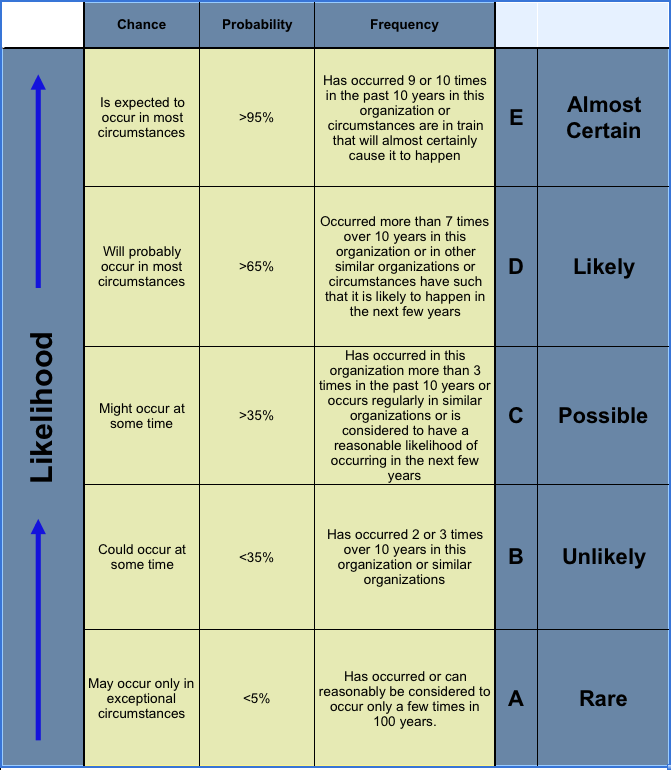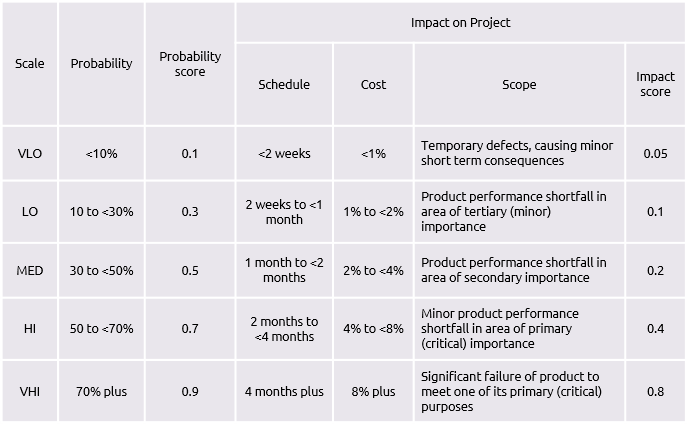

The gravity of hazard identifications is clear with all these organizations and governments requiring risk assessments at work. The specific regulation under this law can be retrieved from the Management of Health and Safety at Work Regulations Section. While in the UK, conducting risk assessments are a legal requirement as stated in the Health and Safety at Work Act. The Environmental Protection Agency (EPA) of the US specializes in assessing hazards related to humans and its environmental receptors such as animals, chemicals, and other ecological factors. Unique risks for this industry include manure storage, tractor operation, animal handling, behavior, and health. There are guidelines available for different industries since present types of possible risks may vary, an example of this is agribusinesses. According to regulations set by OSHA, assessing hazards or potential risk will determine the personal protective gears and equipment a worker may need for their job. OSHA requires businesses to conduct risk assessments. Identifying hazards by using the risk assessment process is a key element when ensuring the health and safety of your employees and customers. Together with risk assessment, these are all vital elements that help make informed decisions such as mitigating risks. Risk management is the proactive control and evaluation of threats and risks to prevent accidents, uncertainties and errors. Risk communication is the process of exchanging information and opinion on risk to concerned parties. These concepts are interconnected and can be used individually. This is an ongoing process that gets updated when necessary. Risk analysis is a process with multiple steps that intends to identify and analyze all of the potential risks and issues that are detrimental to the business. A large risk to one person may be a small risk to someone else.Risk assessment is one of the major components of a risk analysis.

You should not use only qualitative descriptors, such as high and low or large and small, by themselves to describe risk because people may not interpret these words the same way. When you write, talk about or show images to convey risk, be sure the meaning of risk you intend is clear from the context and topic of the material.

likelihood that a threat or harm will happen (example: Workers who make, use or work near flavoring chemicals have an increased risk of lung disease.).

factors that make threat or harm more likely, that is risk factors (example: Binge drinking is a risk factor for alcohol-related car crashes and unintentional injuries.).outcome of a threat or harm (example: Many people don’t know they are at risk for heart disease even though heart disease is the leading cause of death.).threat or harm to an individual or group of people (example: Drinking contaminated water is a risk to human health.).However, CDC materials often use “risk” in several different ways. According to the Public Health Foundation’s epidemiology glossary, “risk” is the probability that an event will occur and affect a person within a specific time or age span.


 0 kommentar(er)
0 kommentar(er)
